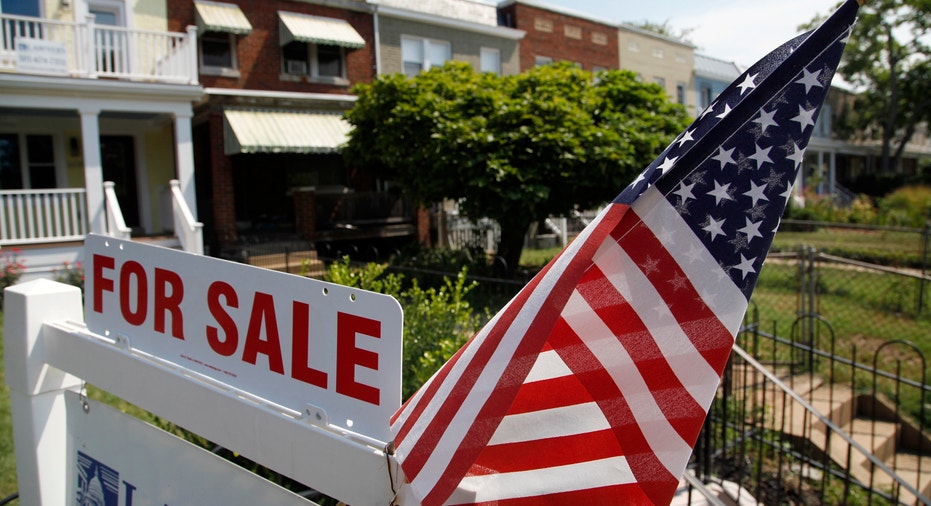What Size Down Payment Should You Make?

When buying a home, some financial experts recommend making the largest down payment possible, while other experts suggest -- particularly when mortgage rates are low -- financing as much of your purchase as possible.
"It's important to ask the right questions about how various down payment amounts will affect your mortgage insurance and mortgage payments," says Keith Gumbinger, vice president of HSH.com. "You need to figure out if it's worth begging your parents for a certain amount of cash."
"Your first question should be how long you intend to live in the house, because if you plan to leave in a few years it may not make sense to put in a lot of extra cash,"says Scott Davis, a senior loan officer with McLean Mortgage in Fairfax, Va. "The next important question should be what it takes for you to make a larger down payment. If you have to wipe out all your savings to get to a 10% down payment, then you shouldn't do it."
It's especially critical for homeowners to have a robust emergency fund in place to deal with home maintenance and repairs, says Joseph Montanaro, a financial planner with USAA Enterprise Affairs in San Antonio.
"A smaller down payment could allow you to maintain an emergency fund, pay down high-interest debt, or utilize the funds for other goals,"says Montanaro. "However, making a smaller down payment should not be an approach to buy a home you can't afford."
The impact of your down payment
Several factors in your loan payment are influenced by the size of your down payment.
Loan balance
You can use a mortgage calculator to estimate the impact of your down payment on your loan balance and payments.
"Putting an extra 1 or 2% [down] will reduce your monthly payment a little, but usually it makes more sense to make a down payment of 10% and keep that cash in the bank for emergencies,"says Davis.
Mortgage insurance
Private mortgage insurance (PMI) is required on all conventional loans with down payments less than 20%. FHA-insured loans require mortgage insurance, regardless of the down payment. Montanaro says putting down less than 20% is fine as long as you're buying a home you can afford.
Typically, PMI requirements adjust according to your down payment in 5% increments, says Davis.
A 5% down payment requires PMI equal to 30% of your loan amount. A 10% down payment requires 25% coverage and 15% down requires 12% coverage, says Davis.
For example, a $350,000 purchase with 5% down could have a PMI payment of $261. A 10% down payment will bring down the PMI to $162. PMI payments depend on your down payment, your credit score and your debt-to-income ratio.
"Shifting from 8 to 10% down won't change your PMI, but it will impact your loan balance and your monthly payments,"says Davis.
You should calculate the difference in PMI payments over time, since PMI is required until your loan-to-value reaches 78%, says Gumbinger.
Monthly payment
"Adding $2,000 or $3,000 to your down payment may only change your monthly payment by $25 or so, but that adds up to several thousand dollars over time,"says Gumbinger.
If you opt for a 10% down payment ($35,000) on a $350,000 purchase instead of a 5% down payment ($17,500), that significant cash outlay will lower your principal and interest payments by $172 per month.
You can use a mortgage calculator to estimate your monthly payments at various loan amounts and current mortgage rates.
Interest rate
"Your interest rate will be a little better with a higher down payment in increments of 5% because your loan-to-value changes,"says Davis. "The difference in the mortgage rate varies, sometimes it's as little as one-eighth of a% and sometimes it's one-fourth of one%."
"The size of your down payment depends on how much of your savings you'll be depleting,"says Gumbinger. "If you're pulling money from an investment you need to look at the tax implications and the loss of your investment opportunity in comparison to the benefits."
The original article can be found at HSH.com:What size down payment should you make?



















